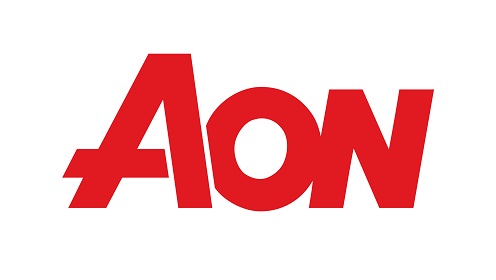Designing Jobs of the Future
Insights from Aon’s talent, rewards and performance white paper
The digital talent gap is not a challenge left for future Chief Human Resource Officers (CHROs) to solve; it’s a real problem we see organisations across all Industries struggling with today.
To build a workforce that ignites innovation and better meets the changing expectations of your customers, business leaders must embrace a strategic approach to planning. The external environment is changing so rapidly that workforce planning should be an ongoing process that can give the HR function a key role at the table and a strategic position within the business.
In this new paradigm we must embrace that new jobs will be created just as quickly as others become obsolete. Leaders can start the planning process by re-evaluating the fundamental architecture of the jobs within their organisations, marrying their business strategy and their people data to define new roles and career paths.
In addition to regularly undertaking a strategic workforce planning process, it’s important to ensure that your organisation has the right skills and behaviours to adapt to market changes in a dynamic manner. A growing number of companies, both inside and outside the technology sector, are in a furious race to attract people with rapidly evolving, highly specialised technical skill sets related to artificial intelligence, cybersecurity, data science, machine learning, and natural language processing. Some of the talent in these areas is so specialised and scarce that companies are willing to acquire entire firms for just a few people.
While technical skills will certainly be critical in the digital economy, they are only part of the formula for success. You will also need your people to show up with the ‘soft skills’ needed to connect with customers and collaborate with one another. In fact, these skills have become more critical in the digital age, not less.
For example, a recent McLagan study showed that when it came to evaluating what customers wanted from their wealth managers, strong communication skills was listed as more important than statements and reporting. In other words, the study showed that high-net-worth individuals were looking for their wealth managers to do more than just analyse spreadsheets with them — a task they could do on their own. Rather, they want someone who first listens to their needs and builds an emotional connection, and then recommends products that are a good fit.
Finally, your people strategy must go beyond attracting and retaining the key talent you need now. It must also focus on creating an environment that promotes continuous growth once people join your team. You must focus your workforce planning on building a structure and culture that allow high-performers to continuously develop their skills and thrive.
In Action
Workforce planning in the digital age will require more than just closing your most urgent skills gaps. You will need to step back and think about how your organisation needs to change to keep up with the escalating expectations of your customers.
- Examine your overall organisational and leadership structure.
What are the organisational and leadership skills you will need to meet your business goals? Look closely at your leadership structure and the people in those roles. Particularly if you’ve had low turnover or relied heavily on a culture of mainly promoting from within, you may find your biggest obstacles to adapting to change are sitting at the top of your organisation. And if nobody on your leadership team has been through a digital transformation, who can show your company the way?
- Consider how you can best fill high- value, emerging roles.
Do you already have those skills internally? Do you have a people analytics driven process to identify people who have the potential for building those skills? If not, are you setting up in locations that will provide rich talent pools and be attractive to the people you would need to hire? Do your learning and development programs support and incentivize your people to develop their skills for the jobs of tomorrow?
- Consider people’s competencies and skills holistically.
Adopt a talent model that evaluates the totality of the person’s experience to determine how his or her skills will translate into business value. For example, is the value of someone who knows Python but doesn’t understand how your business makes money equivalent to the value of someone who may not have the programming language skill set but understands your business?
- Replace the career ladder with the climbing wall.
Employees don’t just move vertically up a ladder at an organization anymore. As you develop your people strategy, think about skills and competencies in terms of a climbing wall This is a much more apt metaphor in the digital age for understanding the way’ that people grow their skills through the life cycle of their career. They move up but also over, acquiring new skills or experience. Make sure your rewards program is flexible enough to accommodate these kinds of moves.




